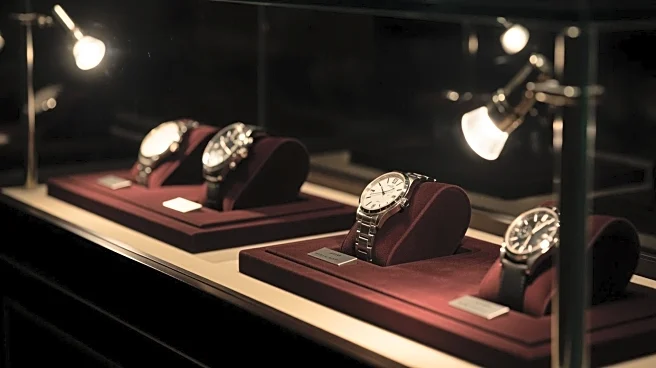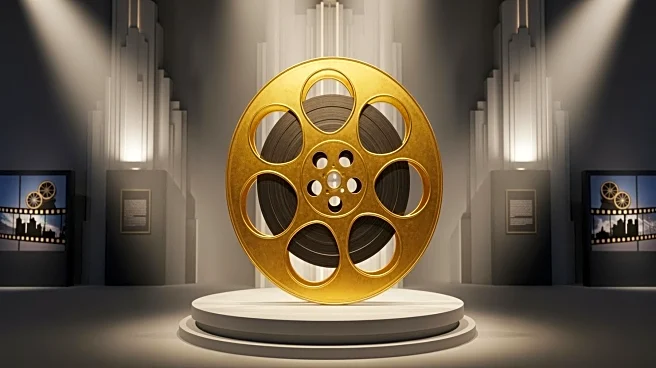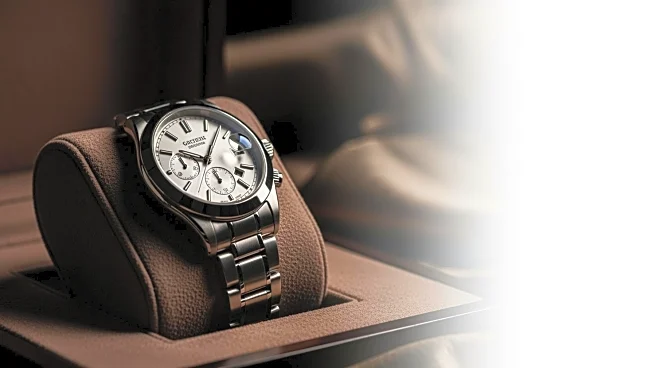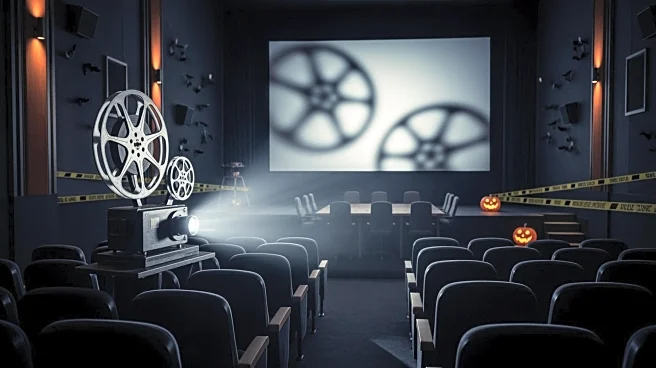What's Happening?
Francis Ford Coppola, the renowned filmmaker, is auctioning a collection of luxury watches to recover financial losses from his film 'Megalopolis.' The film, released in 2024, was a significant financial setback,
earning only $14.4 million at the box office despite Coppola investing $120 million of his own funds. To mitigate these losses, Coppola has partnered with Phillips auction house in New York City to sell seven unique timepieces. The highlight of the auction is the F.P. Journe FCC Prototype, a watch Coppola co-designed with watchmaker Francis-Paul Journe. This watch, featuring a unique time-telling mechanism inspired by a 16th-century prosthetic, is expected to fetch around $1 million. The auction is scheduled for December 6th and 7th, with other notable watches including the Chronomètre à Résonance, gifted by Coppola's late wife, and several other high-value pieces.
Why It's Important?
This auction underscores the financial risks and personal stakes involved in filmmaking, particularly for directors like Coppola who invest personal wealth into their projects. The sale of these watches highlights the lengths to which Coppola is willing to go to support his artistic vision, even at the cost of personal heirlooms. The outcome of this auction could influence how other filmmakers approach funding and risk management in their projects. Additionally, the auction could set a precedent for the valuation of luxury watches associated with high-profile individuals, potentially impacting the luxury watch market.
What's Next?
The auction will take place in early December, with public viewings of the watches from December 3rd to 5th. The results of the auction will be closely watched by both the film and luxury goods industries. Success in achieving high bids could encourage other filmmakers to consider similar strategies for financial recovery. Conversely, if the auction does not meet expectations, it may serve as a cautionary tale about the volatility of the luxury auction market.
Beyond the Headlines
Coppola's decision to auction these watches also reflects broader themes of legacy and the personal sacrifices artists make for their work. The watches, particularly those with personal significance, represent more than financial assets; they are part of Coppola's personal history. This auction raises questions about the balance between artistic integrity and financial prudence, and how personal artifacts can become collateral in the pursuit of creative endeavors.











